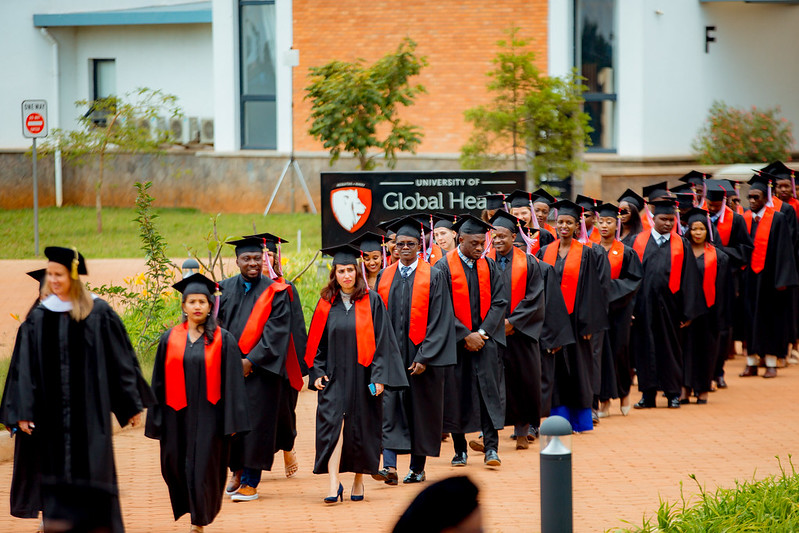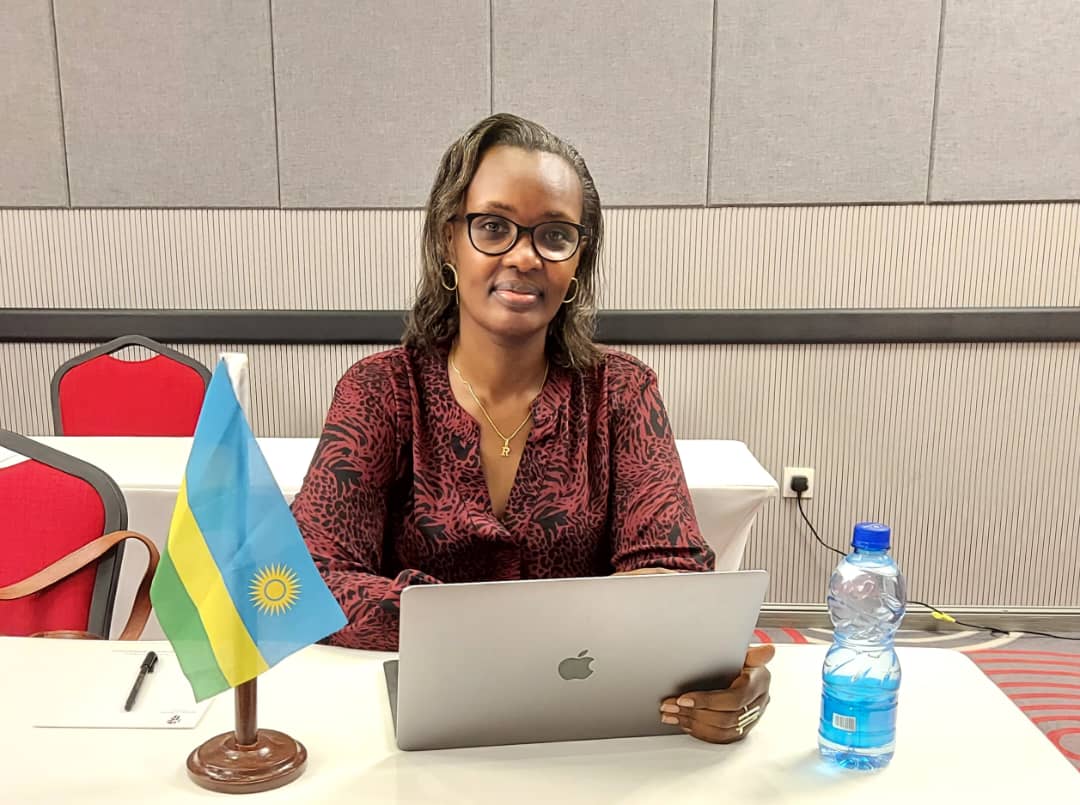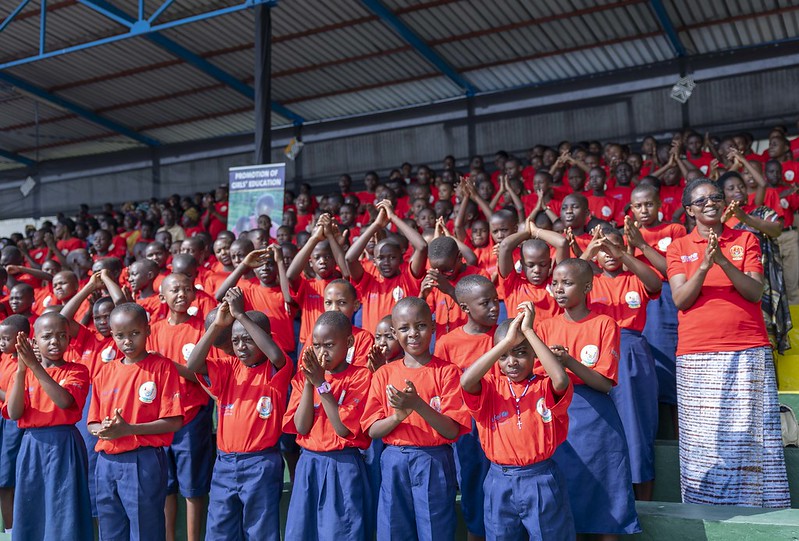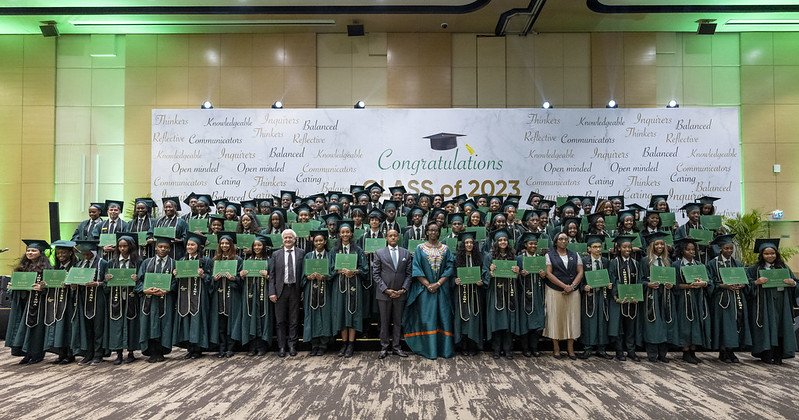
UGHE Master of Global Health Delivery Class of 2022 Commencement | Butaro, 28 August 2022
In the aftermath of the 1994 Genocide against the Tutsi, Rwanda’s education system, like many other sectors, had been decimated. The genocidaires had specifically targeted schoolchildren, teachers, and others with formal education, perceiving them as representatives of the educated and privileged class. When the Rwanda Patriotic Front (RPF) halted the genocide, around 66% of school buildings had suffered extensive damage, and approximately 75% of public sector workers, including teachers, had perished or sought refuge in other countries.
The Rwandan government knew from early on that the welfare and advancement of women would be critical to post-genocide reconstruction. The genocide had left many female-headed households, yet the norms and laws that existed, especially regarding education, land, and property rights, limited women’s full and equal participation in society.
Rwanda implemented a range of comprehensive national directives and legislative measures to address the various causes and barriers that resulted in educational disparities, including those based on gender, disability, geography, and social groups. Rwanda’s constitution was also amended to include articles related to the elimination of all obstacles hindering the development of girls’ and women’s education.

Rose Baguma
Rwanda’s success in promoting girls’ education is evident in the fact that it currently boasts the highest participation rates in East Africa and has achieved gender parity in net and gross enrollment at pre-primary, primary, and secondary levels. Today, girls’ enrollment at primary and secondary levels surpasses that of boys.
Specific policies to increase girls’ access to education
In 2009, the Government of Rwanda introduced the “12-Year Basic Education Program” to provide free and compulsory education for all children, with a particular focus on increasing access for girls and vulnerable populations. Through this program, the government constructed new schools and classrooms, recruited and trained more teachers, and provided essential learning materials to enhance the learning environment for girls.
To address the cultural and socio-economic barriers that hinder girls’ education, Rwanda has also implemented various targeted strategies, such as the National Strategy for Transformation (NST1) and the National Gender Policy. The government has worked closely with local communities, religious leaders, and parents to raise awareness about the importance of girls’ education and challenge traditional gender norms. By actively involving communities in the process, Rwanda has been able to encourage positive perceptions and attitudes toward girls’ education.
In school, the government has spearheaded the establishment of “girls rooms” to facilitate hygienic and conducive learning environment for girls especially during the menstruation periods. This prevents absenteeism, provides a safe space for sexual reproductive health education and ensures that school girls are provided with all the necessary hygiene materials.

International Day of Girl Child | Musanze, 11 October 2022
In addition to primary and secondary education, Rwanda has emphasized technical and vocational education and training (TVET) and enrolment in STEM oriented schools
to equip girls with practical skills that enhance their economic empowerment and success in both traditional and non-traditional fields.
These examples demonstrate Rwanda’s multi-faceted approach to promoting girls’ education, addressing infrastructure, finance, cultural norms, and skills development barriers. The government’s commitment to gender parity, combined with collaboration with various stakeholders such as local communities, private and public sector, and international agencies, has significantly improved girls’ enrollment rates, retention, and overall educational outcomes.
Challenges remain
There are still deeply rooted gender stereotypes and societal norms in Rwanda that discourage girls from pursuing education or limit their choices of academic disciplines. These traditional beliefs contribute to lower enrollment and higher dropout rates for girls.
The Government of Rwanda is therefore engaged in a multitude of efforts at the community level to counter these harmful gender narratives and break traditional barriers to girls’ education.

Green Hills Academy Graduation Ceremony | Kigali, 17 June 2023
Like many countries worldwide, the COVID-era also disproportionately impacted girls in Rwanda by exacerbating existing barriers to education. Prolonged closures to mitigate
the spread of the virus and the shift to remote learning affected access to education, especially for girls from disadvantaged backgrounds.
Despite the setbacks and challenges, girls in Rwanda currently outnumber boys in primary and secondary school; and often outperform their male counterparts on their primary school leaving examinations.
All in all, Rwanda is one of the fastest-growing economies in the world and aims to become a middle-income country by 2035. To this end, formal education for all Rwandans is a matter of urgency. Education and gender parity are cross-cutting components critical to social cohesion and building a brighter future for Rwanda in every social, economic, and political sphere.
By implementing comprehensive policies, engaging communities, and collaborating with various stakeholders, Rwanda continues to make significant strides in ensuring equal access to education and demonstrates a profound desire to continually protect, support, and empower girls and women.
The writer is Director General of Education Policy and Analysis Ministry of Education

